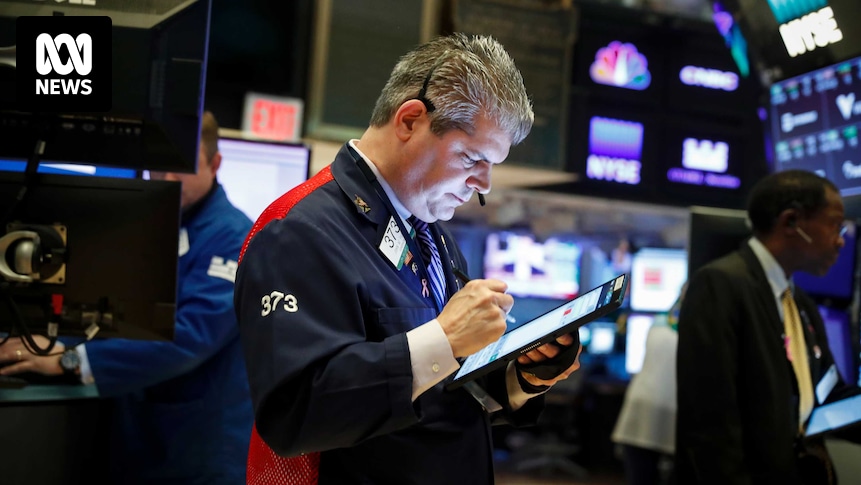Australia:
Tue: RBA rates decision, RBA SoMP, Business conditions (Jul)
Wed: Wage Price Index (Q2), Lending indicators (Q2)
Thu: Unemployment/Jobs (Jul)
Fri: Household spending insights (Jul)
International:
Tue: US — CPI (Jul), Small business optimism (Jul)
CN – US/China tariff deadline
Thu: US — Producer price index (Jul)
Fri: CN — Retail sales, industrial production, infrastructure investment (Jul)
US — Industrial production, Retail sales (Jul), Consumer confidence (Aug)
The RBA board meeting (Tuesday) is the big-ticket item locally this week.
Most pundits and market participants believe it is a straightforward decision — the cash rate will be cut by 25bps to 3.6%.
Since the “surprise” hold in July, the key data — inflation falling and unemployment rising — has supported the argument to cut rates.
Will the RBA make it two straight surprises? Unlikely, but you never know.
The RBA also releases its quarterly Statement on Monetary Policy on Tuesday which will be scanned closely to see if there are any changes in forecasts to GDP, inflation and unemployment.
It will no doubt be overshadowed by the RBA’s announcements but NAB publishes it monthly business survey on Tuesday.
Conditions and profitability have picked up recently and it will be interesting to see if those gains have been consolidated.
The June quarter’s Wage Price Index comes out on Wednesday.
The CBA economics teams is forecasting there will be a slight moderation in wage growth over the quarter, more like 0.8% after 0.9% growth in the first quarter.
That would put wage growth at 3.3% year-on-year — better than it has been, but not so hot as to spark an inflation break out.
Also on the labour front, July’s employment data (Thursday) is expected to show jobs’ growth back to around 20-thousand over the month after June’s softness.
The unemployment rate, which edged up in June, is expected to remain at around 4.3%.
Another soft result in July may raise some eyebrows, although it is unlikely to result in any sackings at the ABS.
Overseas, the key interest will be US inflation, as measured by the Consumer Price Index.
A tariff inspired explosion is not expected, with core inflation tipped to come in at 0.3%.
Anything much higher will raise doubts about the Fed cutting rates next month and have whoever is in charge of inflation statistics sweating.
China’s National Bureau of Statistics rolls out its monthly update on retail sales, industrial production and infrastructure spending (fixed asset investment) on Friday.
Low consumer confidence is weighing on retail spending and continued weakness in the property sector will keep a lid on infrastructure spending.
The US deadline to China to come up with a trade deal expires on Tuesday, although the current betting is that it will be extended again and tariffs will remain at current levels.
